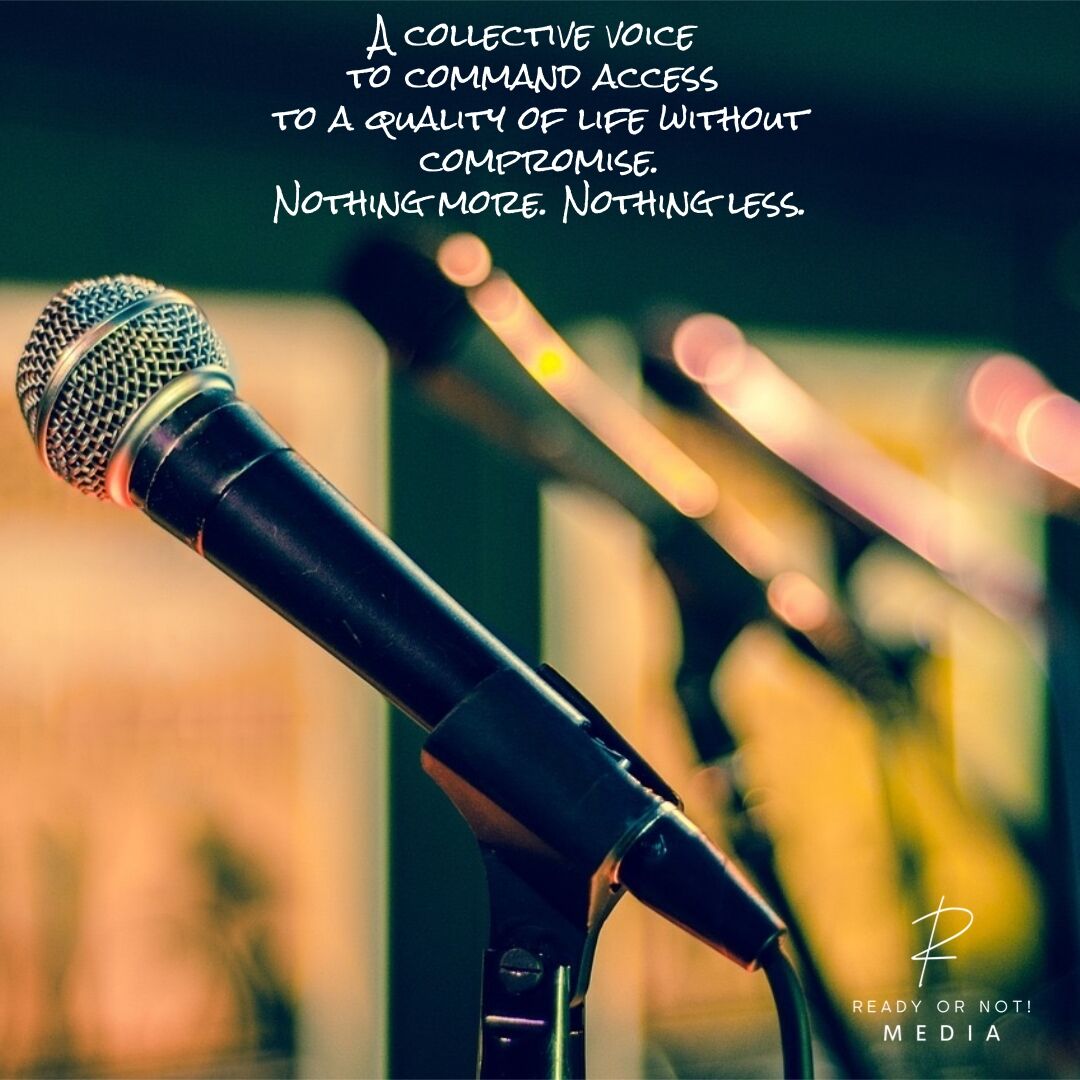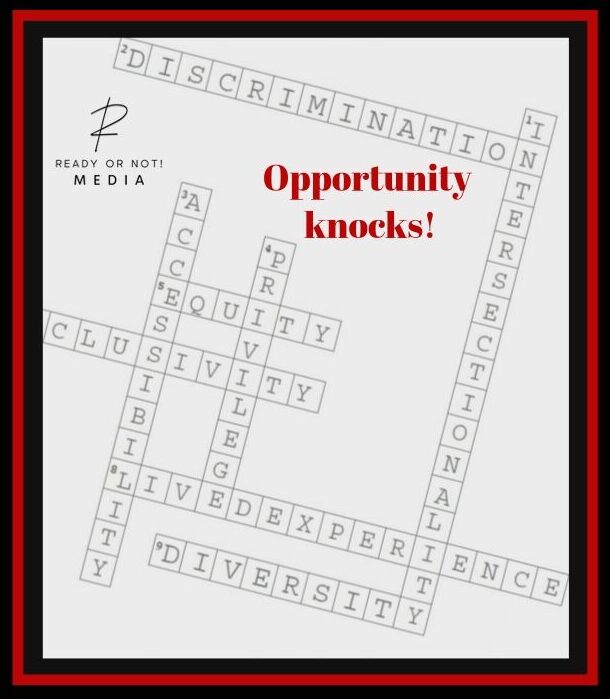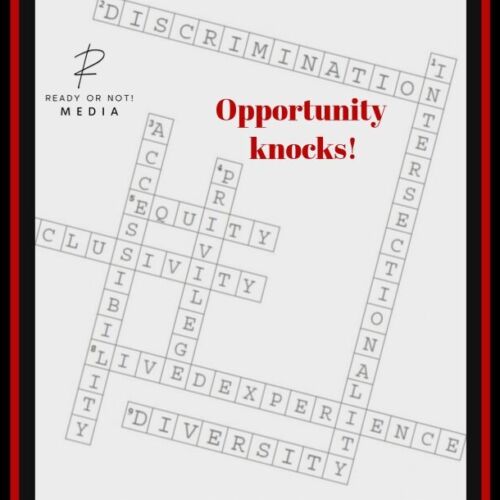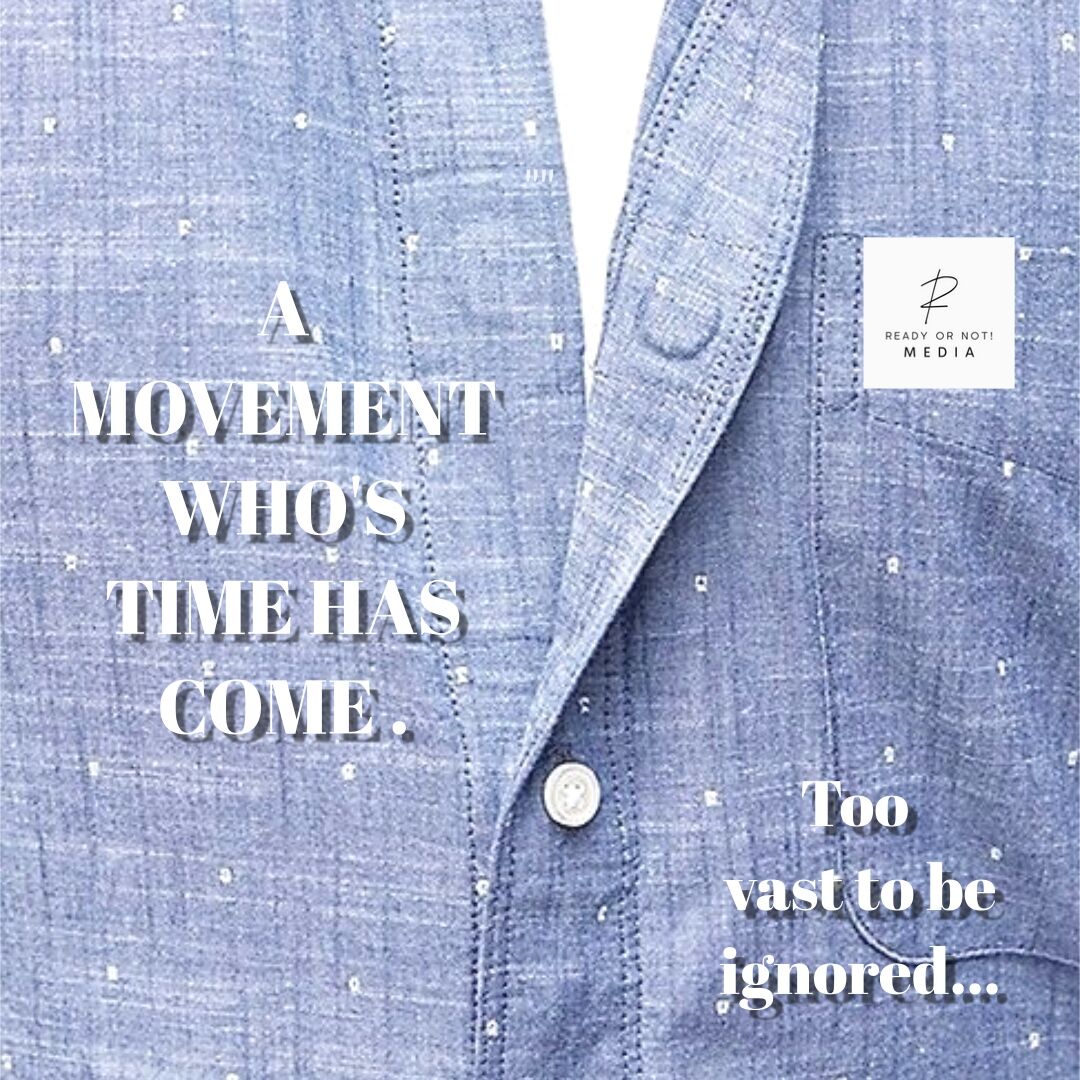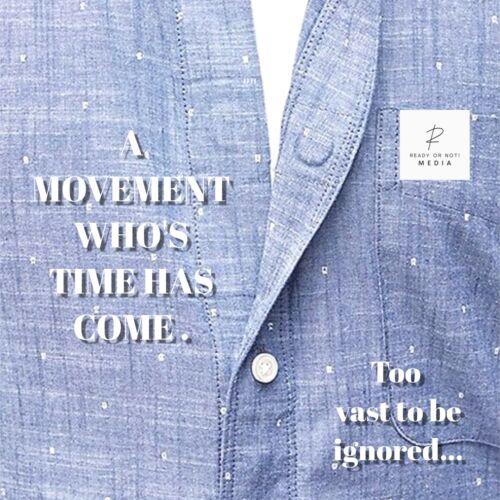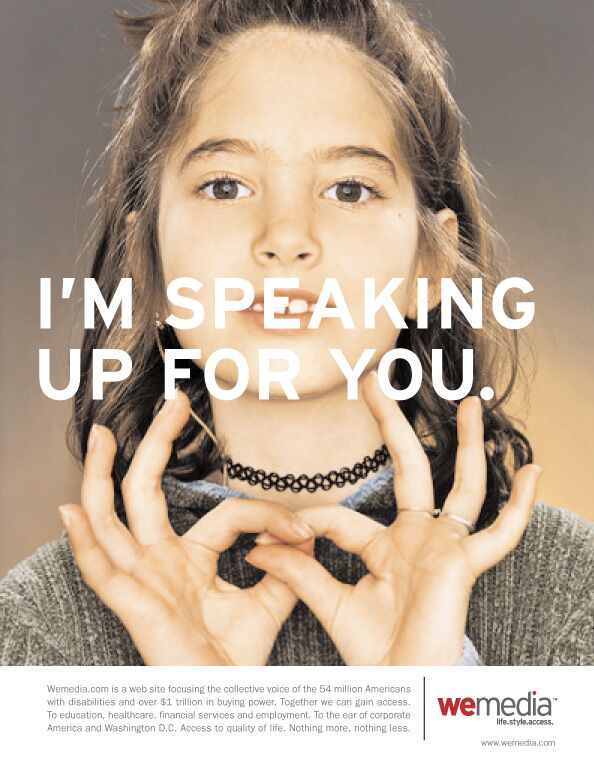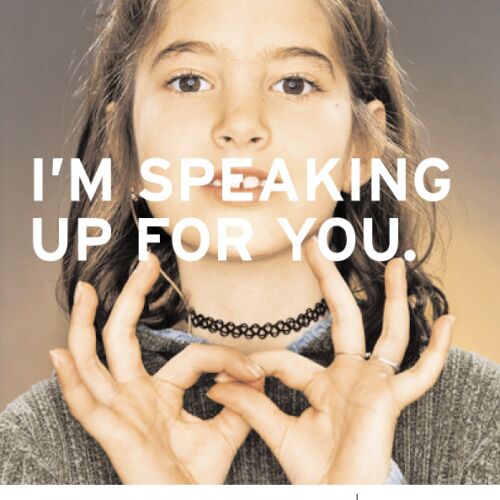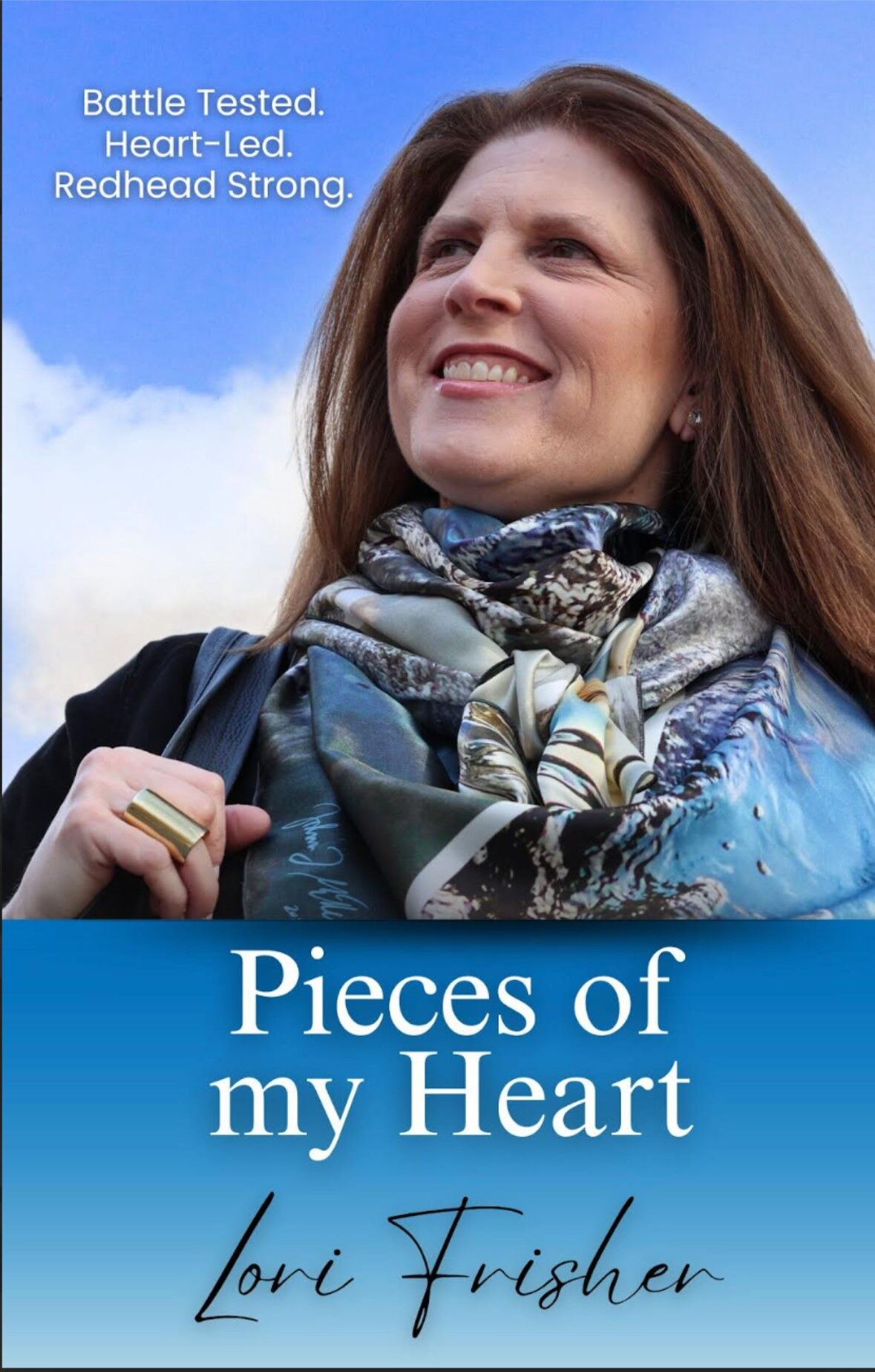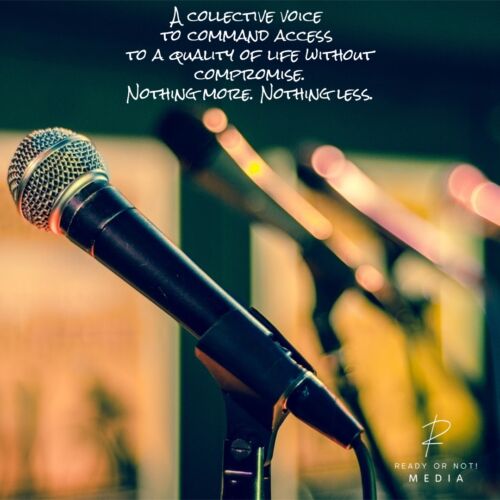
Let’s Tear Down Your Walls….
Imagine: I can freely express my thoughts, feelings, challenges, and experiences about my disability without judgment or exclusion. I can feel comfortable with and supported by those around me.
Reality: My world is inaccessible and unwelcoming and I am shut down by others.
Well, believe it or not, you’re not alone.
Feelings of isolation, frustration, alienation, and loss of hope is reality for many people with disabilities.
So, are you always in a safe space?
No.
A safe space leads to individuals feeling comfortable sharing their stories, fears, and concerns as well as sharing their perspectives, ideas, and solutions.
Together, we can break through these barriers and create the everlasting safe space.
We must recognize disability, whether it be physical or invisible. It is not just a medical condition or set of symptoms. Disability is a wide range of individualized experiences unique to each person.
We must open our minds and hearts toward diverse opinions and viewpoints in order to create a sense of belonging for everyone.
How Do We Create This Safe Space? Empathy!
Last Tuesday morning, I had the honor of being a keynote speaker at The Cherry Creek Rotary International breakfast in Denver, Colorado, empowering business leaders by sharing proactive strategies necessary to foster social change around Diversity, Equity, Inclusion + Accessibility.
Breaking down the barriers of discrimination, lack-of-access to services/accommodations, and lack of media representation is essential as more people come into contact with disability.
That morning, we all witnessed the power and importance that empathy had on leaders. They all put themselves in others’ shoes which created open and honest communication; leaders went deep into their own feelings and perspectives. We saw empathy unfold. This immediately created more awareness and understanding towards others.
Some leaders quickly expressed how their businesses are not doing enough around accessibility in their DEI initiatives. Stories were shared about employees fearing asking for a temporary leave, assistance, or mental health support as they are constantly afraid of judgment. “I wish I worked for a company with a culture without one feeling hesitant to have open and real conversations…I wish my employer understood circumstances at home may impact my mental health in the workforce.” By having a safe environment with ease, we will be able to have authentic conversations.
“This Tuesday morning you are my Morrie,” said a gentleman, as his energy lit up the room.
Everyone needs to feel respected and valued. When your people are having their best days, your success is my success which translates to your bottom line.
Reality: Experiences lead to relationships.
“Do you trust me?”
Let’s have a real conversation.
“Now, I trust you.”

